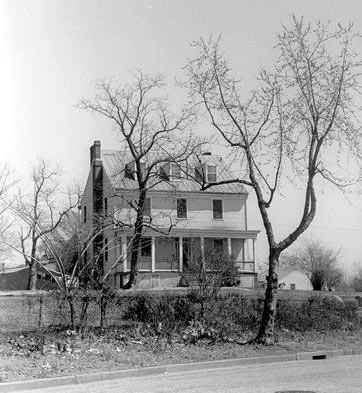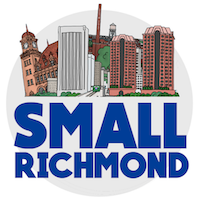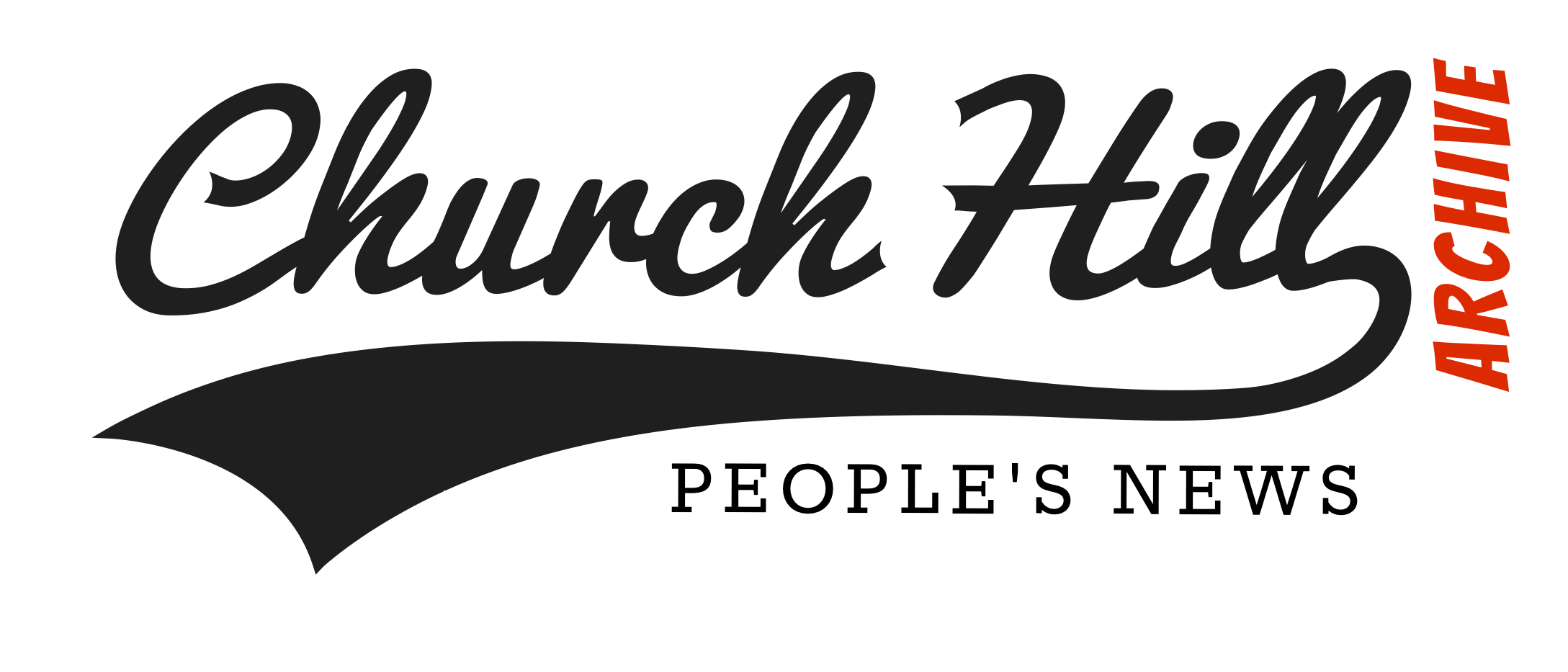RECENT COMMENTS

Richmond’s Disappearing History
ACORN held a seminar, Richmond’s Disappearing History, yesterday at the the Library of Virginia. The 3 hour seminar covered interesting Richmond buildings that have been lost, buildings that are now in danger of being torn down, why these buildings matter, and some of how the city approaches vacant and decrepit building stock.
Vincent Brooks, Senior Archivist for Architectural Records at the Library of Virginia, spoke on ‘Lost Richmond’. As he pointed it out, his presentation could just as easily have been called ‘things that have been lost’ or just ‘stuff that is gone’. He showed slides of houses, places of worship, business buildings, movie theaters, and community buildings that are all now part of the past.
One notable example is the Blakey House (ABOVE), a house build in 1819 on 200 acres of farmland. Over time, the area around the Blakey House was built upon, and it became 3600 P St. This grand house was torn down in 1974.
Another great loss to the Church Hill area was Corcoran Hall, a neighborhood community building that had been funded by selling stock to the area residents. Built in 1843, Corcoran Hall sat at what is now 313 North 25th Street.
Brooks is a lively and entertaining speaker that makes the history of these buildings very accessible. Along the way, Brooks pointed out that so many of Richmond’s old churches are missing their grand spires because they were removed around 1900 due to fears that hurricanes would blow them over.
Next up was Architectural Historian Kim Chen. Her presentation on ‘Endangered Richmond’ spoke to the buildings and areas of town that are currently under threat, including Shockoe Bottom, the Richmond Hotel, the Murphy Hotel, and the West Hospital of the old Medical College of Virginia. Main points were that a building that is torn down is rarely replaced by something as architecturally interesting.
A slide that both Chen and Brooks used was of an older postcard showing the corner of 9th and Broad Streets. The view on the postcard shows a row of 19th century 2 and 3 story business buildings and also the Richmond Hotel and the Murphy Hotel. A current photo of the same view shows the the business buildings gone, replaced by a parking lot.
The headquarters for the Virginia Lottery was supposed to have been built on the lot over 10 years ago, but the funding for that particular project was lost and so the lot remains an empty hole in the fabric of Broad Street.
Richmond Magazine’s Harry Kollatz gave a spirited talk titled ‘Have Fries with Your Landmark’. Without sildes, but with much enthusiasm, Kollatz tried to convey why these older buildings are meaningful and how they belong to all of us.
A specific building from 80 or 100 years ago can tell us how people were entertained, how they mourned, how the worshipped, and how they lived, Kollatz said. He also pointed out that once the buildings are gone, they are irreplaceable. A building that has been torn down is a lost connection to another time. Because of this, we should keep as much as practically possible.
Kollatz gave the example of the building that currently houses Carytown Burger and Fries. Originally built as a tollhouse, this structure is somewhere between 140 and 190 years old.
The closing speaker was Tyler Potterfield from the City of Richmond. His topic was “Preserving Richmond’ and he spoke of how the city deals with vacant and blighted property. At any given time, there are 3,000 vacant buildings in the city, many concentrated in the historic areas. The city tears down 30-40 houses a year.
As Potterfield pointed out, though, a vacant house that meets building code can sit vacant for a very long time and the city can do very little. Potterfield gave many examples of vacant houses in various stages of ‘composting themselves’ around Church Hill, Fairmount, Barton Heights, and the Brookland Park neighborhoods. Specific examples include the row of wracked houses on the 1200 block of North 26th Street and the Barton House in Barton Heights. A related handout included a semi-comprehensive list of current vacant properties in Richmond.
Photos of many of Richmond’s lost buildings can be found in the Richmond Esthetic Survey & Historic Building Survey on the Library of Virginia website.
For more information about endangered Richmond architecture, check out Harry Kollatz’s History in Danger in the January 2005 issue of Richmond Magazine.






The Jan.24th issue of the print-only City Edition has two relevant articles. At Cross Purposes goes into detail about the Murphy Hotel, the General Assembly, and the Richmond City Council, and Tin Foil and the Legend of the Markel Building gives the story of the Richmond architect Haigh Jamochian’s distinct building.
Thought this should be brought back to the top.